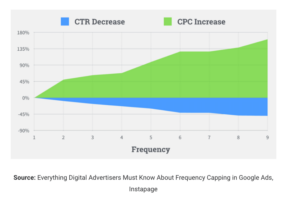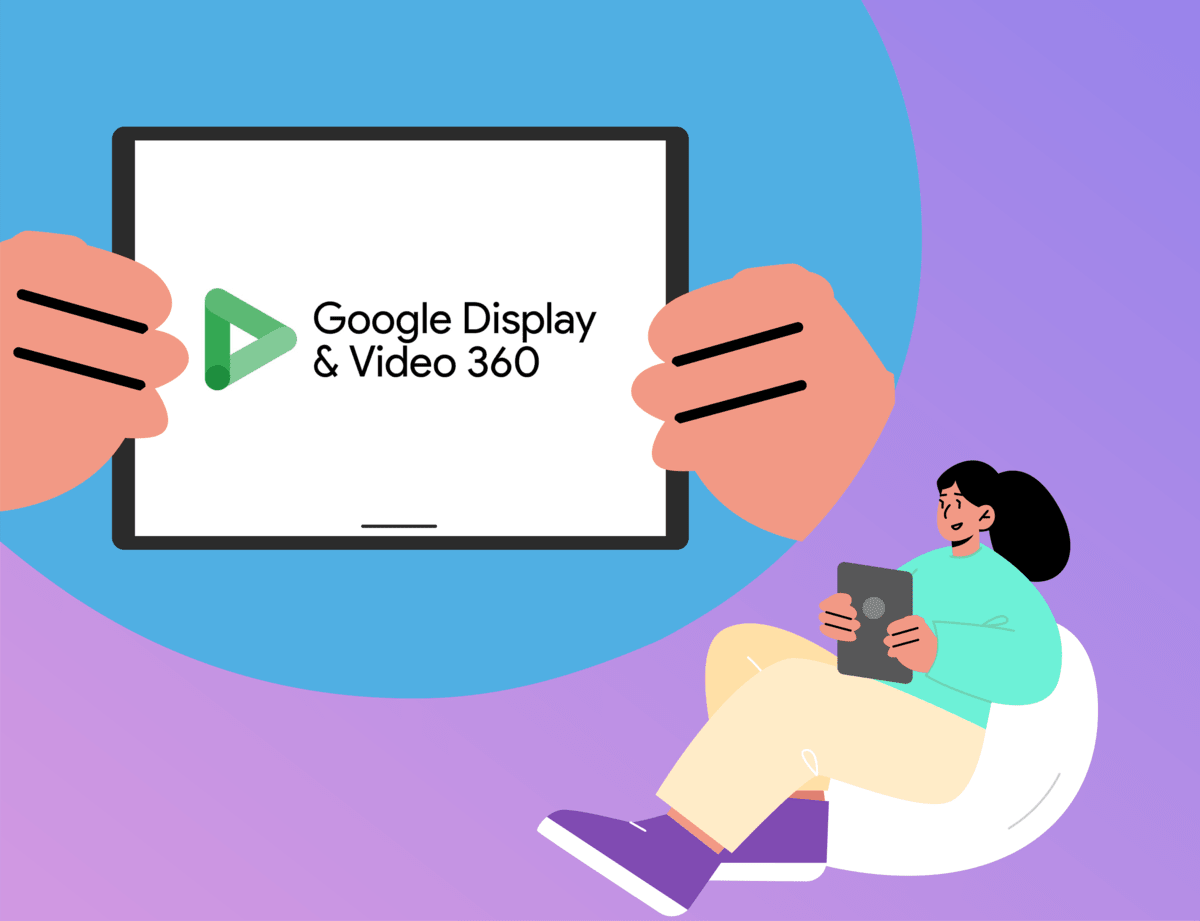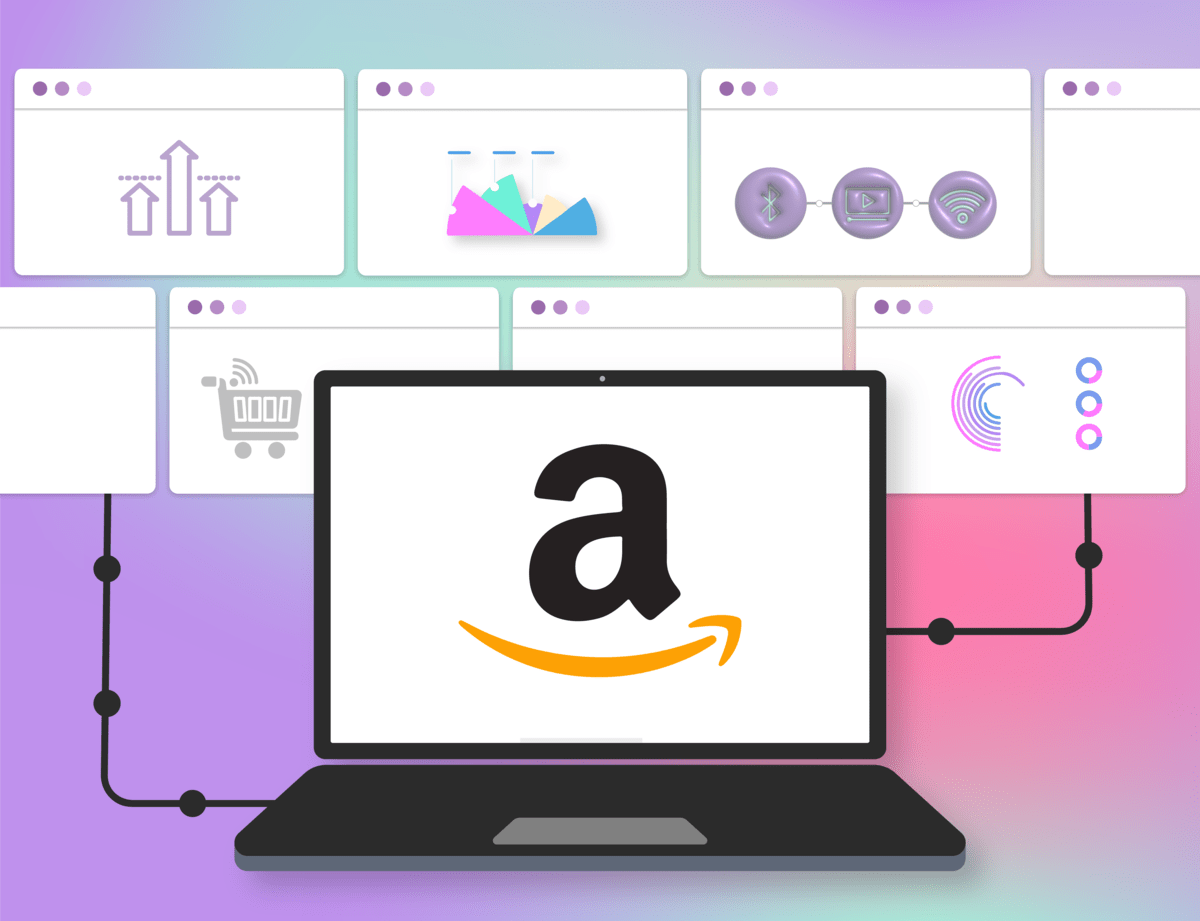As consumers increasingly prioritize privacy protection, businesses are looking for ways to engage both new and existing customers while safeguarding their privacy. Google’s Display & Video 360 (DV360) demand side platform (DSP) has emerged as a versatile solution, allowing advertisers to navigate this privacy-focused ecosystem with programmatic ad buying.
With everything from access to a large inventory selection — including Google’s own inventory — to advanced targeting, analytics, measurement, and reporting capabilities, DV360 allows advertisers to optimize their campaigns in real time and gain unparalleled insights into their audience’s behavior in a way that marketers couldn’t access before. It’s been reported that DV360 reaches over 80 ad exchange networks and display ads across over 90% of the internet, so you’re able to target as much of your audience as possible by using DV360.
However, to harness the full potential of DV360, it’s crucial to follow tips that not only help you reach the right audience but also achieve your desired results. The following DV360 best practices will guide you in setting up and running effective campaigns on the platform.
What is DV360?
Display and Video 360 (DV360) gives digital marketers the opportunity to better manage their reservation, programmatic and guaranteed programmatic campaigns across all channels, from one platform.
DV360 vs Google Ads
While DV360 and Google Ads are similar, DV360 enables marketers to control a wider variety of ad formats. Channels that can be managed include audio, TV, video, Native, and display, amongst others.
With DV360, you can control a number of ads and, because of this wider variety, you can create more engaging and interactive ad experiences in comparison to ads created on Google Ads.
You can also better define your audiences using DV360, giving you more control and better targeting, leading to a better return on investment (ROI).
Is DV360 a DSP or SSP?
A demand-side platform (DSP) is used by advertisers to buy ad impressions for a competitive price. It also allows advertisers to target their audience and control who sees their ads.
A supply-side platform (SSP) is used by publishers to sell ad inventory to marketers and publishers. This is done across ad exchanges.
DV360 is a DSP, as advertisers use it to buy the ad impressions.
DV360 Best Practices
Now we have a better understanding as to what DV360 is, we can look into some of the best practices to follow when it comes to buying and optimizing ads using the platform.
Following these tips will help you set up and run an effective ad campaign. Download our DV360 ad checklist to make sure you never miss a step when creating your campaigns.
-
Use Brand Safety Features
Brand safety in advertising is an important DV360 best practice for protecting a brand’s reputation and preventing negative associations. Placing ads near inappropriate or offensive content can reflect badly on the brand. Moreover, ads on websites with fraudulent traffic or malware can waste budget and tarnish the brand’s reputation.
When setting up a campaign in DV360, you can use Google’s built-in brand safety feature, as well as third-party verification services to eliminate any chance of ads showing up on any sites that could be potentially harmful or make your brand look bad.
To add brand safety parameters in Advertiser View under Campaign:
- Click on Add Targeting
- Under Brand Safety, select the digital content labels and/or sensitive categories that you want to target or exclude
- Click Save
In addition to brand safety, you should also use a blocklist, which is a curated list of websites where you do not want your ads to appear. By actively managing this list, you can avoid associating your brand with undesirable or potentially harmful content.
-
Use Frequency Caps
A frequency cap limits the number of times an ad is shown to a specific user within a defined time frame. For instance, you can set a frequency cap of three impressions per day for each user to prevent ad fatigue and reduced campaign effectiveness.
Typically, the higher your frequency cap is, the more CTR decreases and CPC increases, as users are less likely to click through to your ad after seeing it multiple times.

To use frequency caps in DV360, you can set them at the campaign, insertion order, or line item level. Set a frequency cap at the campaign level with these steps:
- Go to Campaigns and click the name of the campaign you want to edit
- Click Settings and, under Frequency cap, enter the maximum number of times you want your ad to show to the same user during the specified time period
- Click Save
To set a frequency cap at the insertion order or line item level, follow the same steps, but navigate to the insertion order or line item level instead of the campaign level. You should also exclude first-party audiences from prospecting lines.
-
Use Viewability
Viewability refers to the likelihood of an advert being seen by a human. For example, if you use 70% viewability, it means there’s a 70% chance that a person will see the ad when they click on your site.
Campaigns will have varying viewability requirements and it’s vital to adjust viewability targets based on campaign objectives. Typically, higher viewability is preferred for prospecting campaigns to maximize exposure to new audiences.
To set up viewability at the campaign level:
- Go to your campaign settings
- Under Viewability, select the predicted viewability percentage that you want to target
- Click Save
-
Use Different Audience Types
Diversifying your audience targeting in DV360 can help you improve the effectiveness of your campaigns in several ways. For example, you can:
- Reach a wider audience: By targeting a variety of audience types, you can reach a wider range of potential customers.
- Target your ads more effectively: By segmenting your audiences into different groups, you can target your ads more effectively.
To target different audiences, you can use a CRM list supplied by the client. You can also use categories that align with your goals. For example, if you’re promoting arts and events, you can target the /Arts & Entertainment category websites.
When it comes to optimizing your DV360 ad campaign, you can work on using optimized targeting for affinity and in-market audiences, which can lead to a higher ROI.
-
Align Your Spending With Your Audience
Effective budget allocation is an essential DV360 best practice to maximize campaign performance. You want to use different audiences but also want to match your budget to each audience type. In other words, you need to have CPM caps for different value audiences, and you must make sure that you have the right CPM cap for each line item.
To do this, have a higher cap for more valuable line items and consider turning off CPM caps for your most valuable retargeting audience, i.e., people who are highly interested in the offer and have gone through the purchase process.
-
Retarget Multiple Audiences
There are various reasons why segmenting your retargeting audiences is a good practice when running a campaign in DV360. For instance, you can reach a more diverse set of potential customers, capture potential customers at different stages of the conversion funnel, and create highly relevant and personalized ad creatives that resonate with each segment. Plus, you can allocate your budget more efficiently, ensuring that you’re maximizing your ROI.
Consider this: When you’re retargeting multiple audiences, you can allocate the lowest CPM to general retargeting. For example, a cap of $25 means you won’t spend more than $25 per 1,000 impressions. But, you’ll have a higher cap for more valuable audiences, such as people who have clicked on the “Add to Cart” button. You’ll spend as much as possible on these people because they have shown they are very interested in the offer by going through the purchase process.
Segmenting new clients as soon as they sign up will also mean you start collecting data about specific audiences sooner rather than later. This historical data will then help you optimize your retargeting campaigns, ensuring you’re only targeting audiences that are likely to convert. For example, you can avoid sending retargeting ads to customers who have recently made a purchase. On the flipside, if a client signs up but doesn’t make a purchase, you can add them to the retarget audience to entice them back to your website.
-
Align Bid Strategy to Campaign Goals
Tailoring your bidding strategy based on your campaign goals is key to achieving the goals. For example, when you optimize your bid strategy to align with campaign objectives, you’ll reach more of your target audience, improve your conversion rates, and reduce your overall costs.
Here are some ways to align your strategy and goals:
- For a retargeting audience, optimize your bid strategy for conversions. This will give you a slightly higher CPM, but you will show your ads to people more likely to make a purchase.
- For prospecting lines, you’re trying to build your retargeting audience through the prospecting line items, so your bidding strategy should be to maximize clicks. That means you’ll show your ads to people who are more likely to click on the site, which will then bring them into the retargeting audience.
- If the campaign allows for it, it’s useful to apply multiple creative formats, for example, display, audio, and video, so you’re showing the audience a variety of creative types. For display, it’s also good to show a variety of creative sizes to help minimize banner blindness and creative fatigue.
In addition to aligning bid strategies, you can adjust your bids/bid caps in order to optimize your DV360 campaign for the best performing line items. For example, a cart abandoner audience will have a “conversions” bid strategy with a much higher (or none at all) bid cap when compared to a prospecting audience that you may optimize for top-of-the-funnel activity such as clicks, landing page views, etc.
You also want to align your budgets for each creative type with your audience goals. These creative types can be display, audio, video, Native, etc. A higher-level awareness campaign will likely have a larger audio budget when compared to a lower-level conversions campaign, so it’s important to align your budgets to ensure you’re targeting each strategy in your DV360 campaign.
-
Bulk Editing
As you run your campaigns, keep in mind that DV360’s bulk editing feature streamlines campaign management. The feature is particularly useful when making edits to multiple line items, and it can be used in various cases, including when optimizing for zip codes or changing creatives and geo targeting settings.
-
Optimize Your DV360 Campaigns
Similarly, when running your campaigns, perform a variety of optimizations to maintain campaign efficiency. You can, for example:
- Analyze website performance and exclude sites that have a lot of impressions but not many conversions, so they are not shown to people.
- Optimize zip code targeting. If you’re running geo targeted campaigns, you can use bulk editing to make adjustments to zip code targeting settings and improve campaign precision.
When optimizing your DV360 ads, make sure you’re always checking the data and tweaking your campaign as necessary. For example, you may want to exclude any inventory from low performing websites or locations as the campaign progresses, as they may not be providing any ROI and should be culled from the ongoing campaign.
You should also be checking to see which creatives and formats are performing the best in order to drive leads and generate conversions. Optimize the campaign to focus more on these aspects so you can get the biggest bang for your buck.
-
Check Campaign Performance Daily
Setting up and running a campaign is only one part of your job. Monitoring campaign metrics and KPIs is an equally important task that’s crucial for timely campaign adjustments and optimization.
When checking your campaigns, ensure that:
- All line items are running properly and delivering the expected results
- Your campaigns are meeting their CPM goals, and adjust bids if necessary
- You’re getting a positive return on ad spend (ROAS) and making adjustments to improve campaign profitability
You can also use third-party tools like SuperMetrics to gain targeted insights into your DV360 campaigns, such as revenue tracking.
Run Effective DV360 Campaigns With Grapeseed
Mastering Google’s DV360 DSP is a journey that requires constant learning and optimization. By following the DV360 best practices outlined here, you can leverage the power of Google’s DSP to reach your target audience effectively, optimize your campaigns for success, and maximize your return on investment. Remember, the digital advertising landscape is ever-changing, so staying informed and adapting your strategies is key to achieving long-term success.
If you have any questions or need further guidance, don’t hesitate to reach out to the Grapeseed team. Whether you have questions about setting up and using specific DSPs like DV360 or you want to strengthen your ad campaigns, we’d love to hear from you.
Drop us a line here, and let us help you in your programmatic journey.






